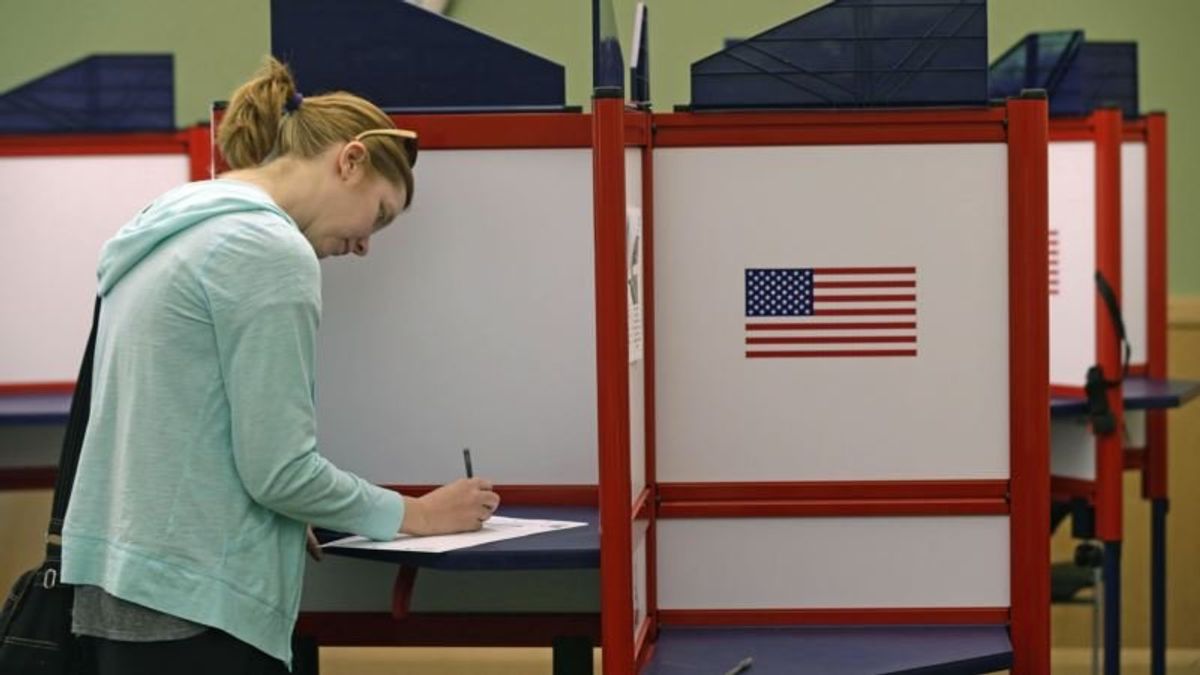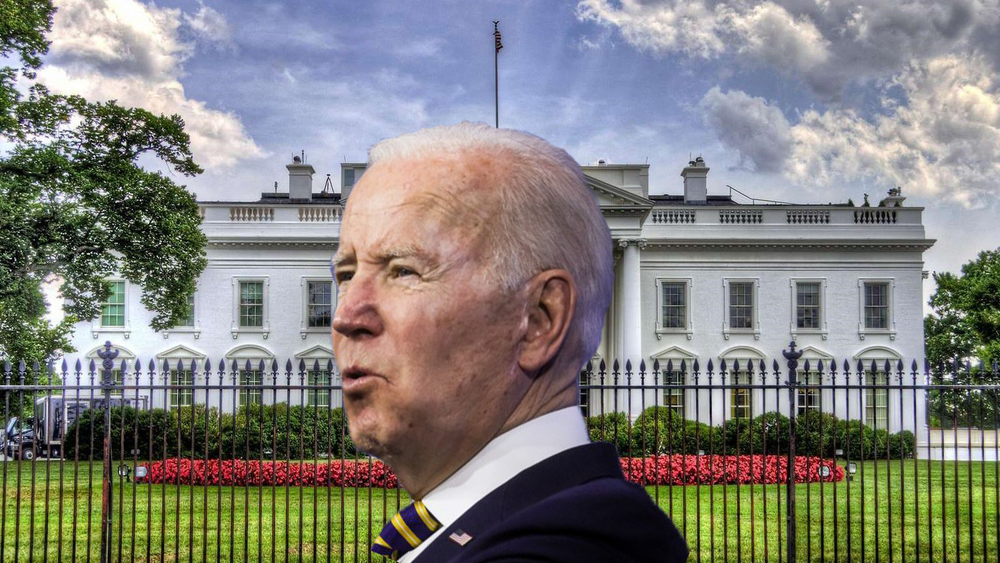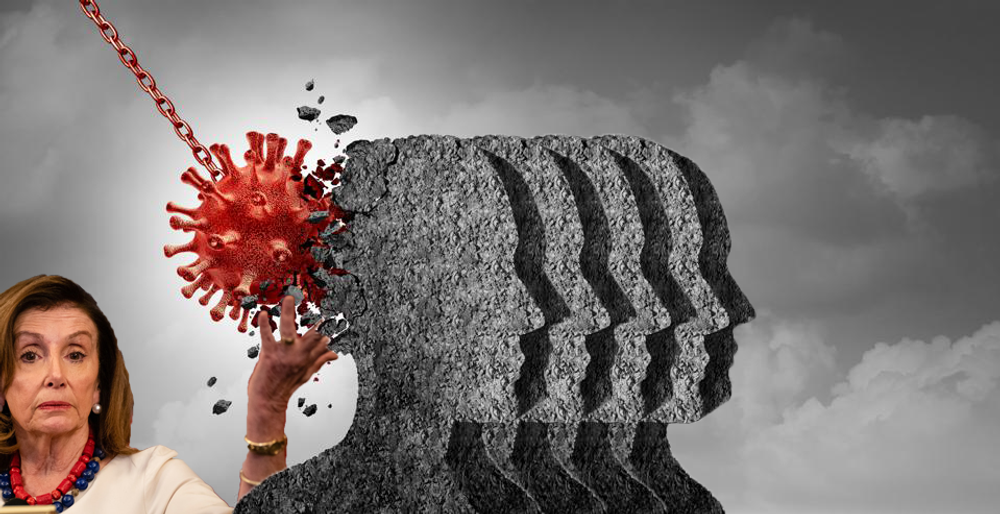
Everything You Need to Know About the US Midterm Elections
Everything You Need to Know About the US Midterm Elections

With control of the U.S. House of Representatives and Senate on the line, Americans are heading to the polls Tuesday in a midterm election that many view as a referendum on President Donald Trump's first two years in office and that could impact his ability to enact his policies during the second half of his four-year term. Thirty-six of 50 states will also hold elections for governor.
More than 30 million people have taken advantage of early voting or absentee ballots in their states before Election Day, eclipsing the early turnout in 2014 and pointing toward a possible record total turnout for a non-presidential election year.
The GOP has held majorities in the House since 2011 and the Senate since 2015, and has had unified control of both elective branches of the federal government since January 2017. Democrats had unified control in 2009 and 2010, the first two years of the Obama presidency.
Here are some vital facts to keep in mind regarding the election.
What's at stake
The 100-member Senate has 51 Republicans and 49 Democrats (including two independents). There are 35 seats up for election this year. The Democrats would have to score a net gain of two seats to claim control, although analysts are predicting the Republicans are more likely to hang onto their majority or even add to it.
In the 435-member House, Republicans currently hold 235 members, compared to 193 Democrats. There are seven vacancies that have not been filled by special elections ahead of the midterms. To win a House majority, Democrats would need a net gain of 23 seats.
Of the 36 governorships that will be on the line, 26 are currently held by Republicans and nine controlled by Democrats.
The elections could have important consequences for the U.S. at home and abroad, depending on whether voters choose to stay with the status quo or upend the Republicans on Capitol Hill and enable the Democrats to seize control and challenge many of Trump's policies. The races for governor are also very important because governors have considerable influence over the redistricting of their states.
Midterm trends
Historically, the party in control of the White House suffers substantial losses in the House and Senate in the midterm election, particularly if the president faces low approval ratings. Trump's approval rating averages little more than 40 percent.
* The average losses for a president's party since World War II: 26 House seats and three to four Senate seats.
* The average House losses when a president's approval rating is above 50 percent: 14 seats.
* The average House losses when a president's approval rating is below 50 percent, since 1970: 33 seats.
* Worst midterm results since World War II: Democrats lost 63 House seats under President Barack Obama in 2010 and 52 House seats under President Bill Clinton in 1994. Republicans lost 30 House seats under President George W. Bush in 2006, and 48 House seats under President Gerald Ford in 1974.
Voter turnout
During presidential election years, turnout averages between 50 percent and 60 percent of eligible voters. That figure drops to about 40 percent during congressional midterm elections.
* 2014 midterm voter turnout: 36.4 percent, lowest figure since 1942.
* 2016 presidential voter turnout: 58.1 percent.
* 2018 primary turnout: Roughly 20 percent of registered voters — or about 37 million — turned out for primary elections, according to Pew Research Center. That represented a 56 percent increase over the 23.7 million who took part in the 2014 House primaries. Pew said the turnout that year was 13.7 percent of registered voters. Turnout rose more for Democrats than Republicans.
Why this election is unique
The 2018 midterm election potentially will mark a high point in civic engagement and candidate diversity, according to analysts and polling data.
Voter enthusiasm is reaching its highest level in 20 years, according to Pew. Campaign events have been pulling huge crowds, drawn by appearances from Trump and Obama.
Voter registration has surged as well, and the number of Hispanic eligible voters totals 29.1 million, the highest on record and constituting 12.8 percent of all eligible voters.
Female participation in the political arena has also broken barriers. A record 256 women won House and Senate primaries this year — 197 Democrats and 59 Republicans. This election has the potential of electing the most women ever to the two chambers.
 Somali-born Woman in Minnesota Poised to Win Election to CongressNext PostFor Some in Florida Panhandle, Voting Takes Back Seat to Hurricane Hardships
Somali-born Woman in Minnesota Poised to Win Election to CongressNext PostFor Some in Florida Panhandle, Voting Takes Back Seat to Hurricane Hardships





